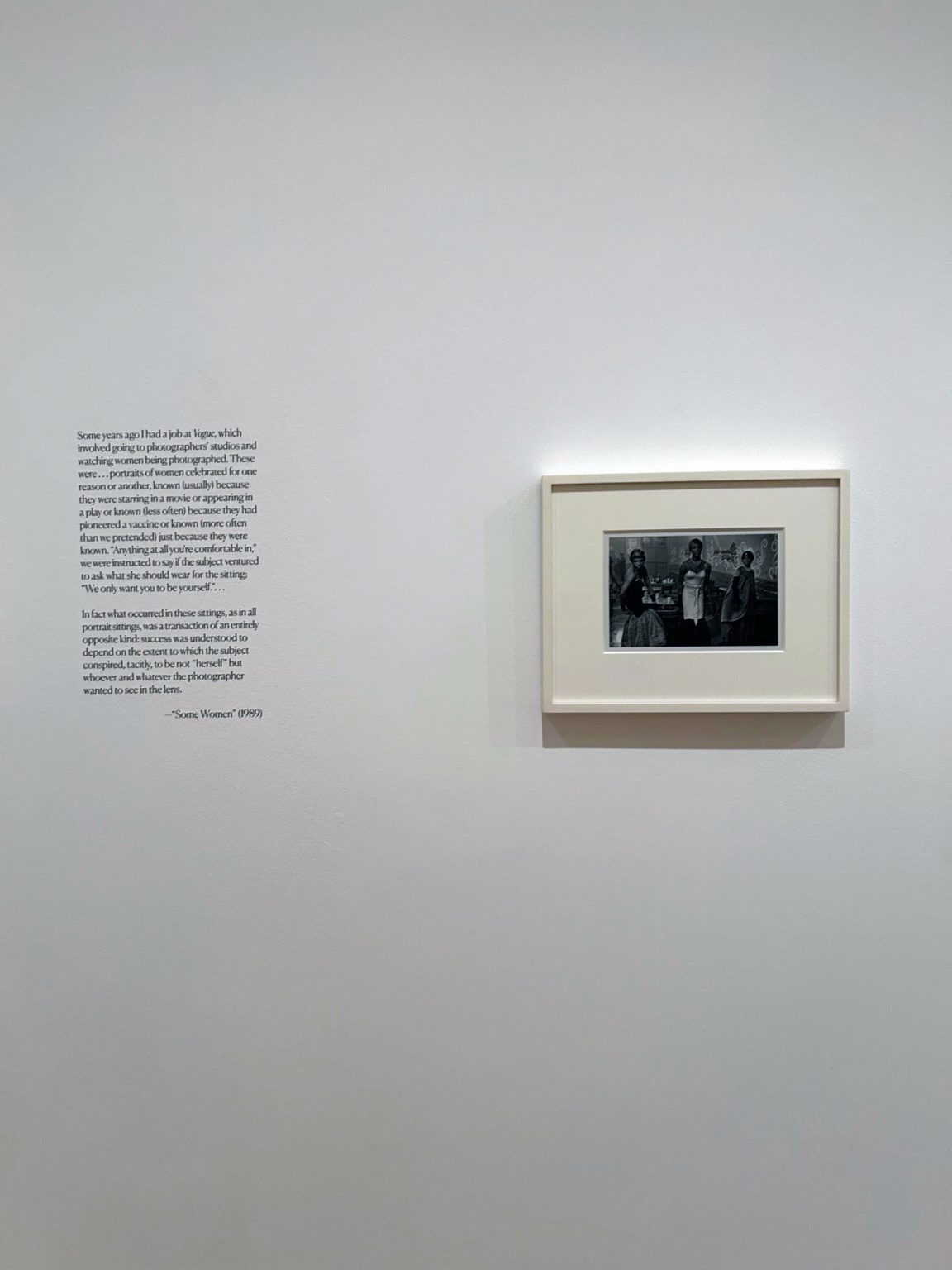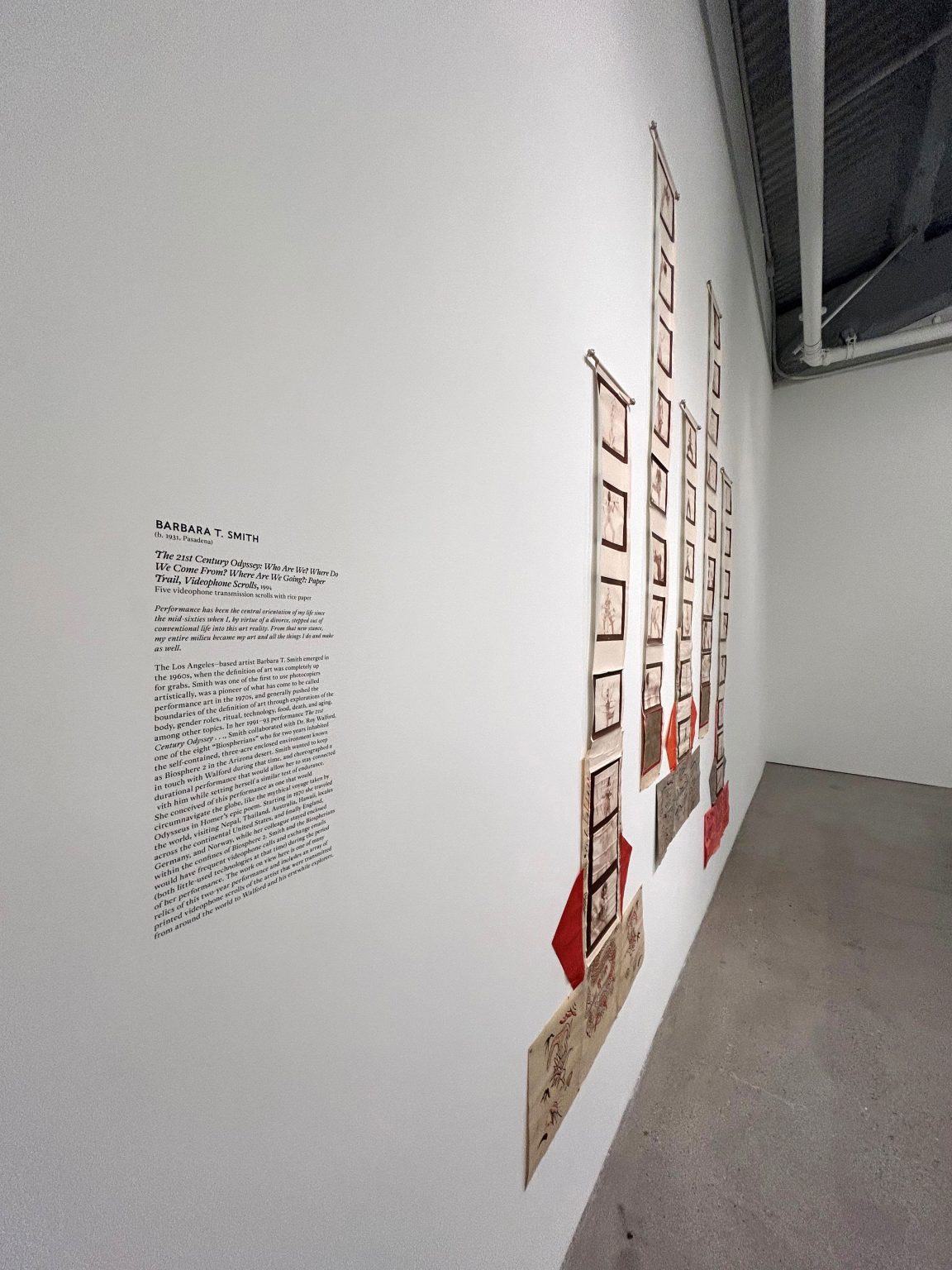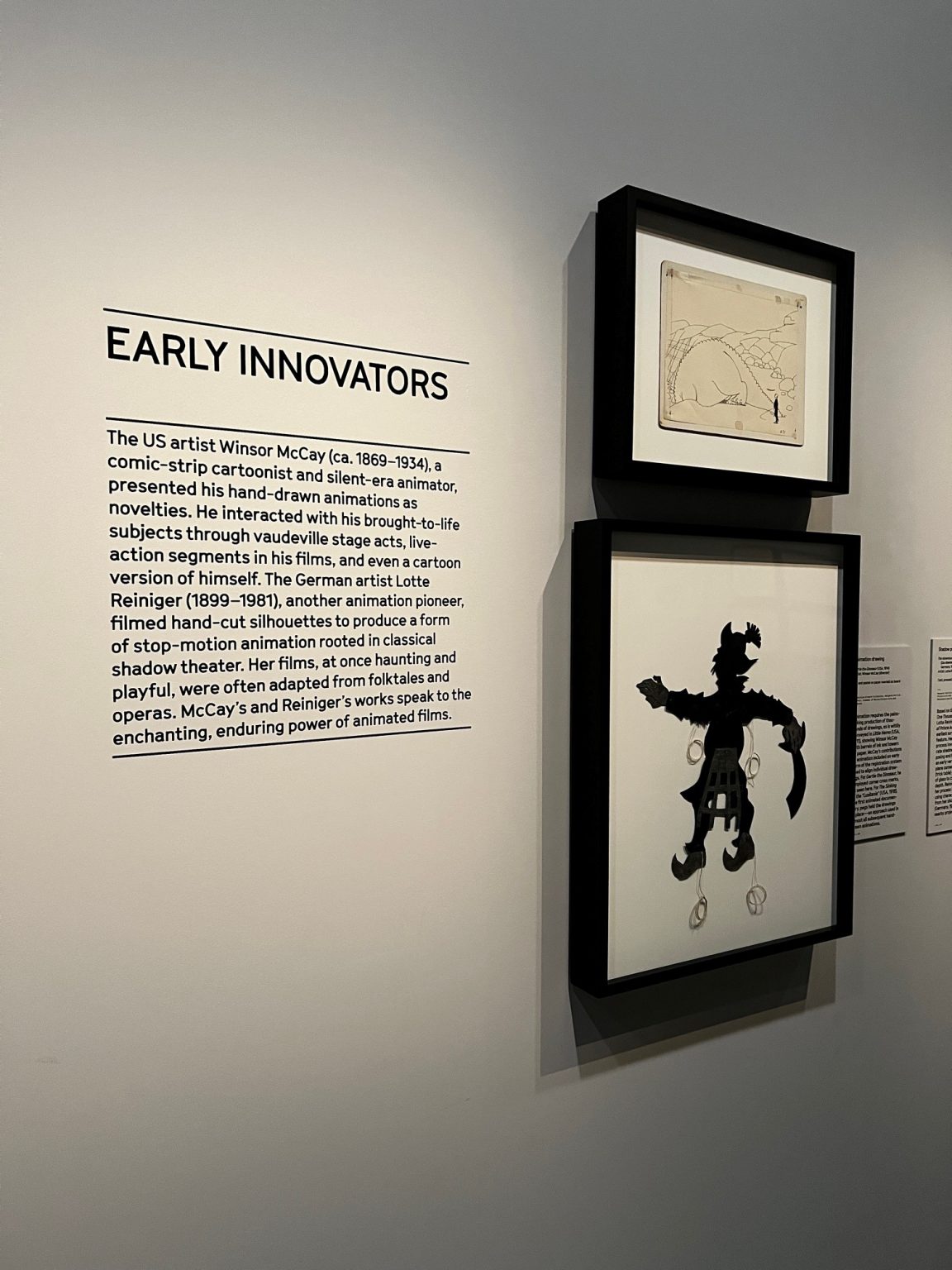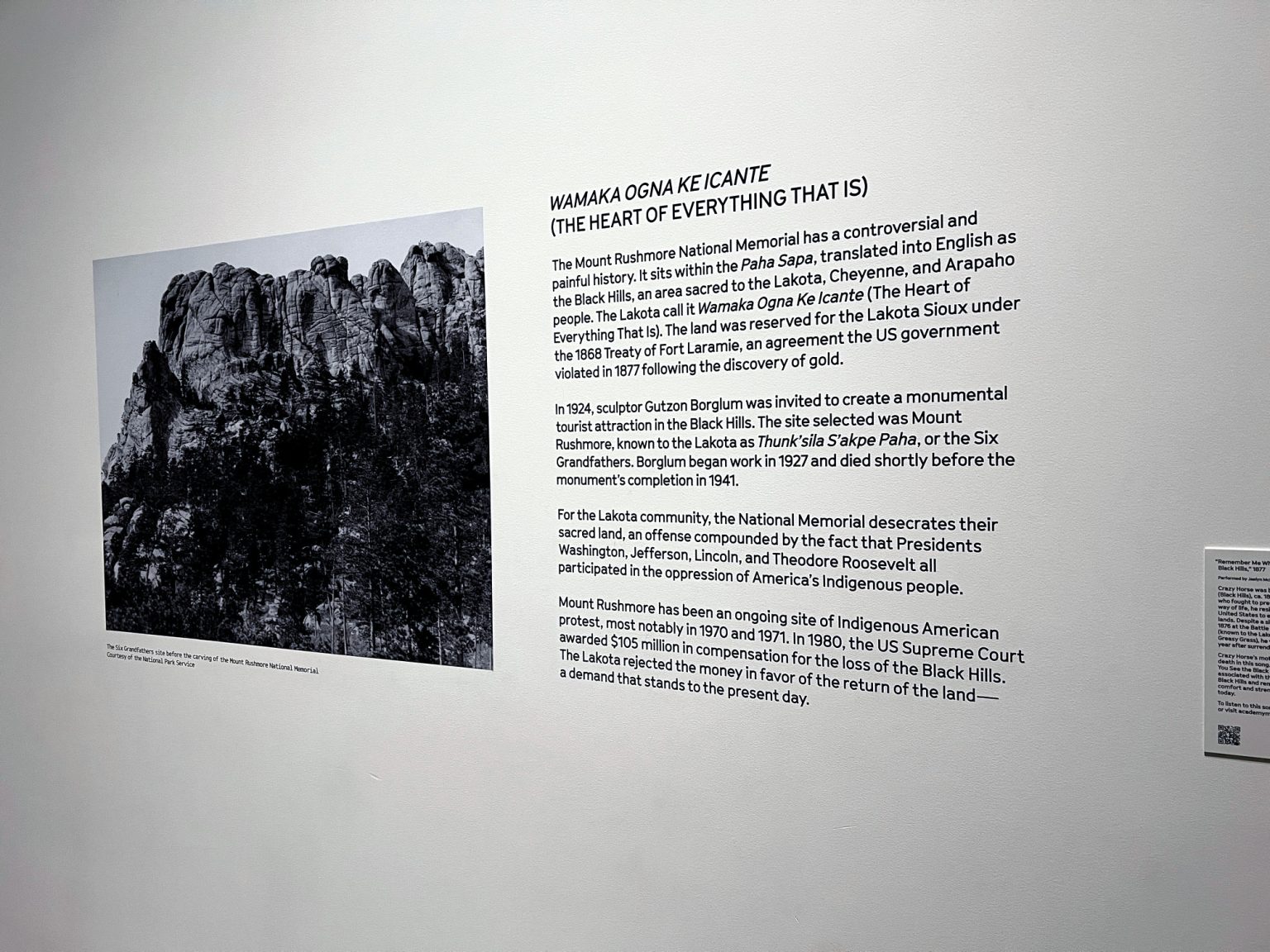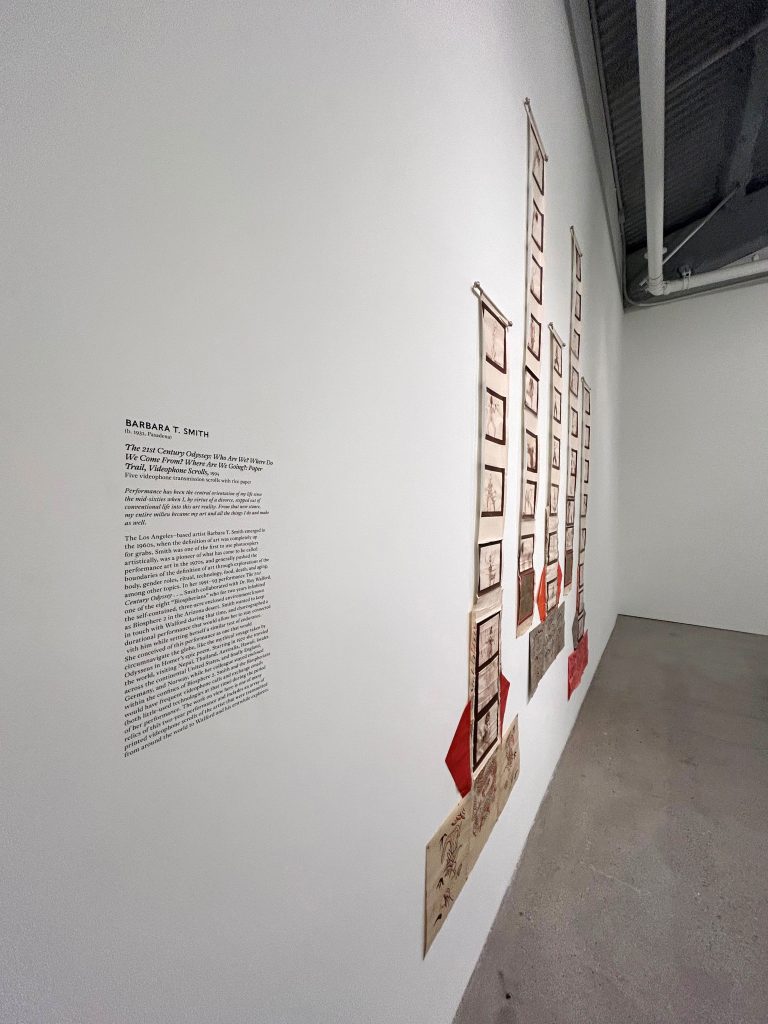Request a Sample for Museum Label Testing
Due to the importance of accuracy in museum displays, we offer sample pieces shipped via USPS (typically arriving within 3–5 business days). This allows you to assess sharpness, clarity, and adhesion before committing to a full order.

